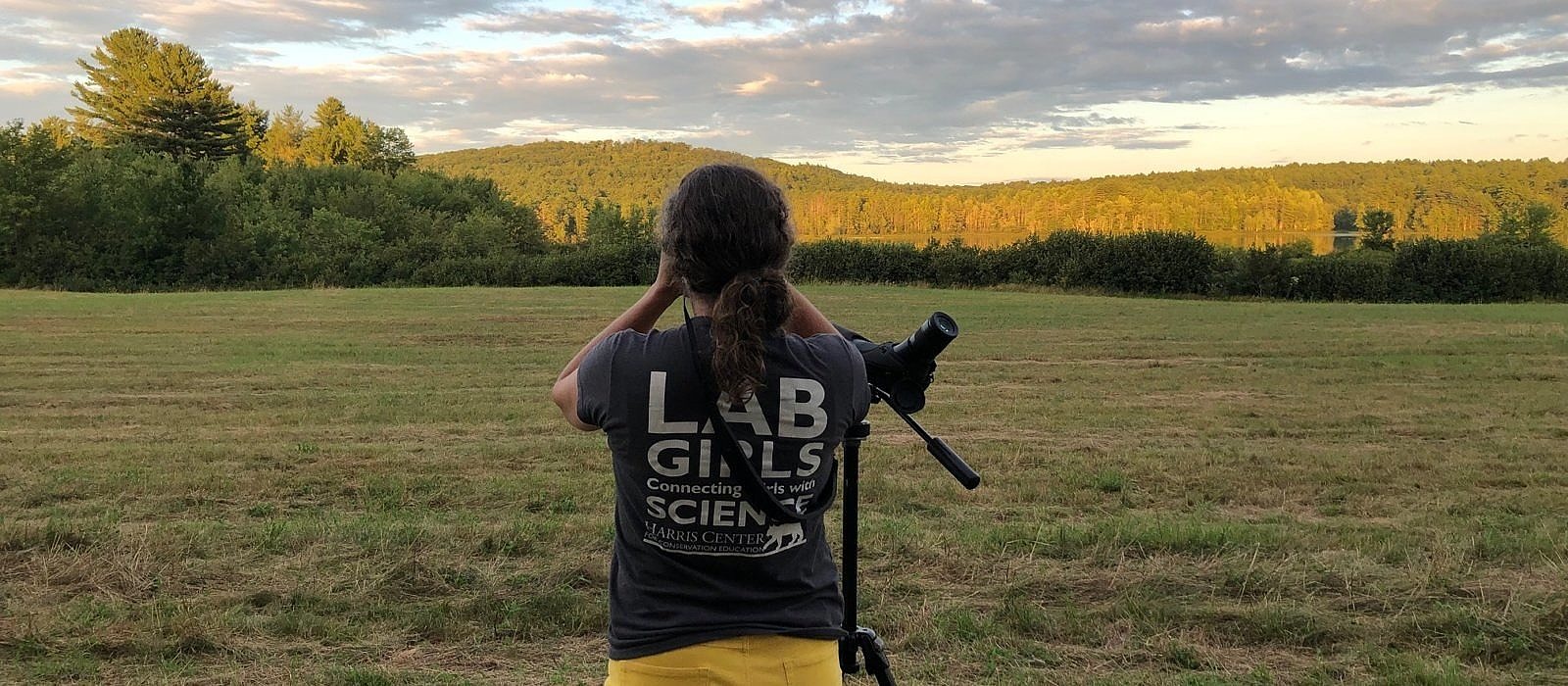Unraveling the Mysteries of the Nighthawk Migration

A Common Nighthawk in flight.
(photo © Kenneth Cole Schneider via the Flickr Creative Commons)
This August and September, the Harris Center piloted a monitoring effort to document the fall migration of the Common Nighthawk — a state-endangered species — through the Monadnock Region. Despite their rarity in New Hampshire during the summer breeding season, nighthawks can often be seen traveling in large numbers during their fall migration period, especially along north-south river valleys. In New England, the fall nighthawk migration period typically runs from mid-August through early September, with daily activity peaking between 5:30 and 7:30 p.m.
For this pilot project, a team of experienced Harris Center staff and volunteers watched for migrating nighthawks from the shoreline of Powder Mill Pond on the Contoocook River in Hancock each evening (weather permitting) from August 19 to September 9, tallying a remarkable 5,339 individual birds over the course of three weeks.
The team took careful notes on flock size, timing, and direction of travel, and used eBird checklists to record all bird species observed during the monitoring window. (Collectively, they noted 81 species over the course of the three-week season.) In addition to confirming that this section of the Contoocook River is indeed a migratory corridor, these data shed light on local nighthawk migration phenology (timing) and add to the collective body of knowledge about the conditions under which this enigmatic species migrates and forages.
Away from Powder Mill Pond, Harris Center bird conservation intern Will Stollsteimer investigated another nighthawk migration watch site at the Dillant-Hopkins Airport in Swanzey, where an impressive 2,799 migrating nighthawks were tallied over a smaller subset of nights.
Despite these initial successes, many questions remain, and more research is needed to better understand the needs of this species in decline. Our goal is to establish a long-term dataset that could aid in the conservation of this long-distance migrant.
Thank you to everyone who made this first season of migration monitoring possible, and to all who shared in the joy and excitement of the nighthawk migration. We hope to do it all over again in 2023!
Contact Us
For more information on the Harris Center’s nighthawk migration monitoring efforts, please contact Bird Conservation Director Phil Brown at (603) 525-3394 or by email.


